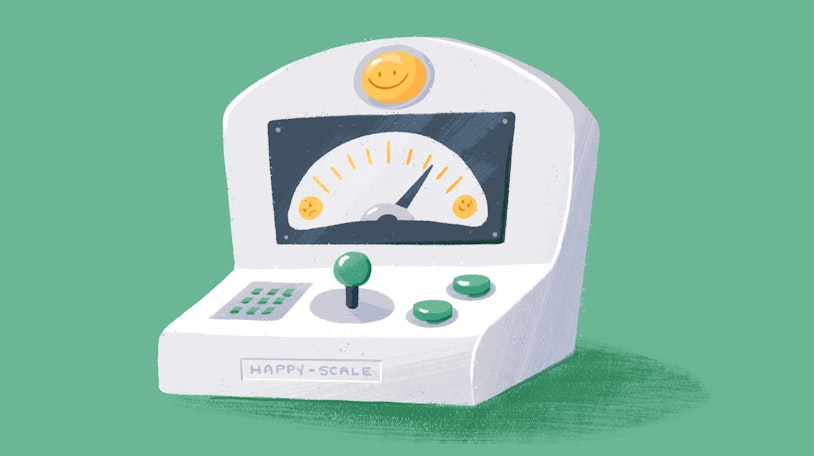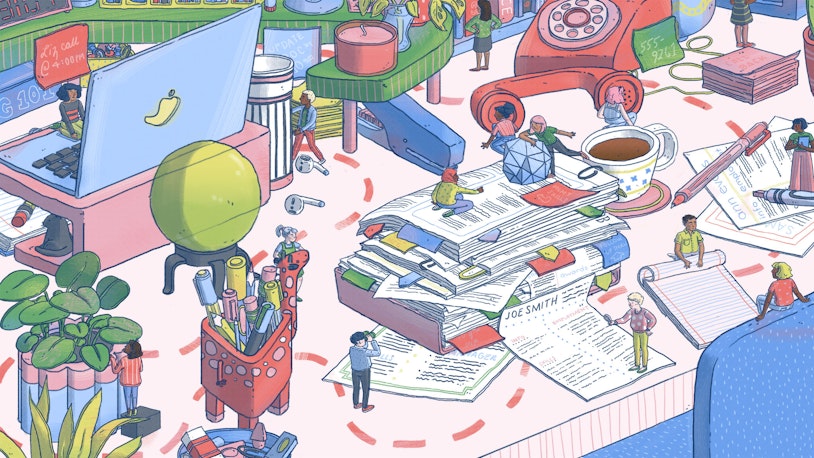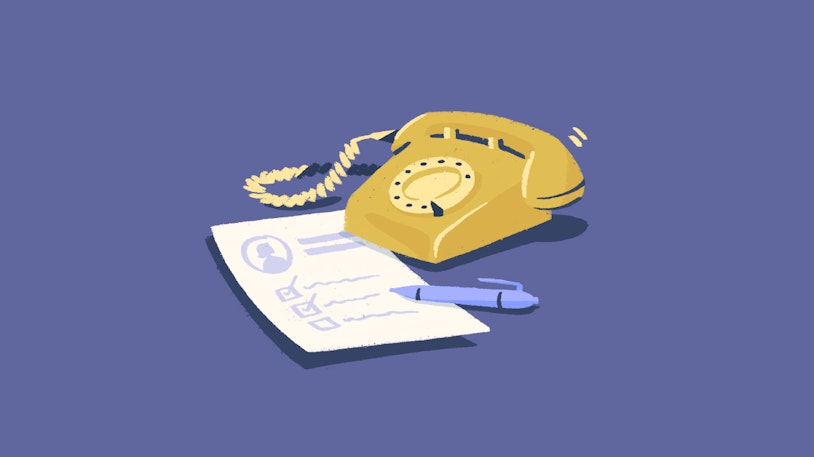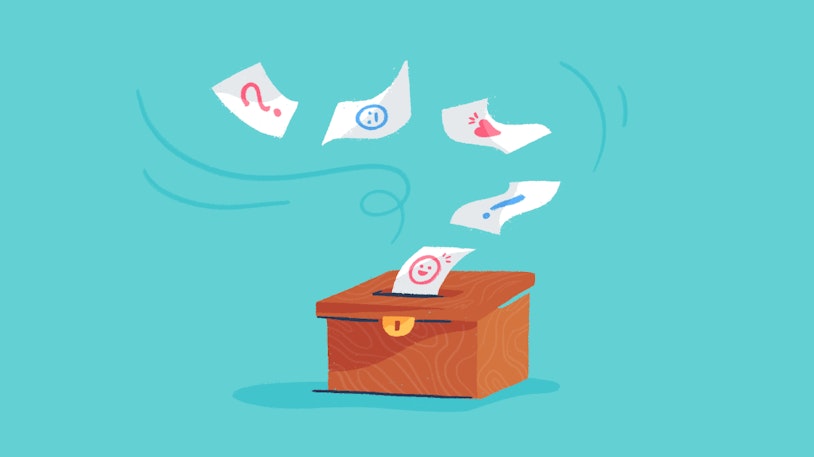Customer success is an incredibly impactful function when it comes to the longevity and happiness of your customers. Unlike customer support, there are often identical moving pieces in each customer's life cycle that make it easy to predict what kind of success interactions your customers will need. Creating reproducible plans can be a great way to ensure the success of both your team and your customers.
When you document customer success managers' actions, it makes it easier to guarantee that every customer has the same excellent experience. We've gathered some customer success plan templates that you can use to get started with a more defined customer success experience, along with tons of information about what customer success plans are, why they are valuable, and how to create them.
This is a chapter in our Ultimate Guide to Running a Customer Service Team. When you're ready, check out the other chapters:
Chapter 1 – 21 Key Customer Service Skills (and How to Develop Them)
Chapter 2 – 13 Response Templates for Tricky Customer Service Emails
Chapter 3 – 12 Customer Service Phrases to Use (+ 8 You Should Avoid)
Chapter 4 – 10 Ways to Deliver Consistently Great Customer Service
Chapter 5 – 47 Pro Tips on How to Talk to Customers
Chapter 6 – 107 Customer Service Statistics and Facts You Shouldn't Ignore
Chapter 7 – Go-To Scripts for 16 Tricky Customer Service Scenarios
Chapter 8 – The 16 Best Customer Service Software Platforms for 2024
Chapter 9 – Customer Feedback: Why It’s Important + 7 Ways to Collect It
Chapter 10 – How to Set Customer Service Goals (+ 9 Example Goals)
Chapter 11 – Customer Appreciation Ideas: 17 Ways to Thank Customers
Chapter 12 – 4 Customer Success Plan Templates and How to Use Them
What is a customer success plan?
A customer success plan is an actionable list of items that lays out what customer success looks like and what a customer or customer success manager (CSM) can do to get to it. It serves as a guide for CSMs to ensure that every necessary action gets accomplished and every customer receives the same fantastic experience.
Having a customer success plan in place can also ensure that every customer gets the outcome you intend from your actions. When you create a customer success plan, you usually do so with a customer success metric. That means that the value and impact of the plan can be easily trackable and that you can change the plan if you aren't hitting your goals.
Using a CRM, you may have your customer success plans built out to assign tasks to your CSMs automatically. If you aren't quite there yet, a documented checklist will do just fine (more on this later).
What's the difference between customer success and customer service?
Customer service is typically reactive in response, whereas customer success is more proactive. While there will always be exceptions to this rule, the responsibility of customer service most often lies in responding to customer inquiries that come through a queue via email, live chat, or phone. Most customer service representatives aren't reaching out to customers proactively when they notice something has gone amiss with a customer's usage.
It is the responsibility of a CSM to ensure that customers are using the product as expected and meeting their goals. They routinely check customer engagement and health to reach out proactively with helpful tips and information to guide the customer in their usage.
Why should you create a customer success plan?
Customer success plans are helpful for your customers and your team members in that they ensure that specific, essential objectives get met. A good customer success plan should do the following:
Take the guesswork out of CSMs’ jobs
Having prebuilt customer success plans for specific, everyday things within the customer journey makes things more straightforward for your CSMs. Given that plans help standardize actions, the customer responses should be more predictable than with a customer success plan entirely of the CSM's making. Having a plan for your CSMs is like giving them a map before a road trip rather than driving without direction.
Create consistency
Inevitably your CSMs and others working on your team will have different personalities. While that may mean that some of their general approaches to working with customers may be different, there should still be a level of uniformity across experiences. Your customers will be more comfortable if they can know what to expect, and customer success plans do that by creating repeatable processes.
Boost revenue, expansion, and product usage
Customer success plans are custom-designed using company metrics and data. You build them to ensure specific outcomes, sometimes around expansion, revenue, or even product usage. Creating customer success plans around those actions helps to generate attention and focus. The more attention everyone pays to a unified thing, the more effective you will be when working toward it.
Track changes and maximize efficacy
Having a documented process put in place makes it easy to track changes and how they affect key metrics. With customer success plans, you can know exactly when you made changes, what they were, and what impact they had.
This knowledge has power: You can measure what impact your customer success team has at the business level and also understand precisely what levers you had to pull to make it happen. This understanding is beneficial for your team, who can use this learning to change other aspects of the customer experience, and for your company, which now knows how to move the needle for other teams.
How to create a customer success plan
The process for creating a customer success plan will differ slightly depending on what tools your team has access to. For instance, if you have a CRM, you may want to build your processes there. If your team isn't yet investing in a CRM, you may just have a list of documents in your Confluence, Help Scout, Notion, or Google Drive folders.
In our examples, we'll create customer success plan templates that you can use without a CRM. That said, no matter where you're creating it, the things you will need to think about will be the same. Let's look at how to create a customer success plan.
1. Understand what success looks like for your customers
Take some time to work cross-functionally and understand what activities successful customers need to undertake on their journeys. This process should consider the perspectives of every team — product, marketing, sales, engineering, customer experience, etc. — and the customer. Sometimes what a company wants a customer to do with their product is different from what the customer actually does.
Create a list of everything that a customer needs to accomplish to be successful, including everything from "open an account" to "turn on [x] feature" and "pay a monthly subscription."
2. Create a customer journey map
After you list all of the activities your customers need to take, begin to map them out on a timeline. When supplemented with data around customer touchpoints, this timeline will serve as the basis of your customer journey map.
A customer journey map is a visual representation of everything a customer goes through during their life cycle. Your CSMs should use this map as a data source when structuring your customer success plans and determining when they need to come into play.
3. Identify the highest impact, most replicable activities
It might not make sense to create customer success plans for every activity — having too many to go through can hinder rather than help your team's progress. So, look over your journey map and consider which actions would have the most impact if turned into customer success plans.
These should be activities that yield a high customer engagement orrevenue — for example, setting up conversations around renewal or getting a customer's team onboarded to your project.
The activities should also be reasonably high frequency to requirea customer success plan. If it's not something you are frequently doing, your team probably doesn't need to have a customer success plan for it.
4. Set metrics and benchmarks
As with almost anything you do in business, it's essential to have a way to measure the effectiveness of what you're implementing. With every SaaS customer success plan that you implement, identify the metric you are trying to shift. When you have a metric determined, take note of where that metric currently stands to understand what impact you have as time goes on and your team makes use of the plans you create.
5. Iterate
Never be afraid of change. While creating a customer success plan is a significant first step, you should plan to visit and update it on a regular basis. Depending on the cadence of your product releases and updates, this may need to be more or less frequent (we think quarterly us a good rhythm to start at). After all, you don't want to add a fantastic new feature to your product and have it left out of conversations that your CSMs are having with customers. Even if your customer success plans don't mention specific features, it's still good to regularly revisit and update anything public-facing that may affect your customers.
Customer success plan templates
While every company is different, there are often a few key components of the customer life cycle that remain the same. The following customer success strategy templates will be helpful to kick-start your processes and give your team some ideas about where to start when working with new customers.
Handoff from sales to customer success
If a sales team primarily drives your revenue, the customer will likely already have a relationship with them. A handoff from sales to customer success ensures that the customer feels taken care of and the customer success team feels prepared with any information that the sales team gleaned during the sales process. Here's what this SaaS customer success plan might look like:
Schedule an internal handoff meeting. Your sales team should come prepared to talk about the customer's critical reasons for buying, any concerns they had, and what they are most looking forward to using.
Review other internal customer notes. See if the customer reached out to your support team, talked to your marketing team over social, or had any different touchpoints that you can review.
Email the customer to schedule an external handoff meeting. This meeting should be similar to the internal handoff but more customer-centric. Your sales team should explain the difference now with the engagement, what the customer can expect from customer success, and how they'll be stepping down.
Schedule the customer kickoff. This step involves emailing the customer and letting them know what the kickoff will entail and giving them the option to schedule a meeting at a time that works for them.
Copy template slides and create the deck. If you don't already have a slide template for kickoff calls, it may be helpful to create one.
Follow up if the customer hasn't responded to the request to schedule a kickoff.
Conduct the customer kickoff and present the product plan.
Send a wrap-up email. This email should include notes on any questions the customer asked and what their answers were.
Update customer notes. If you have a CRM or a central place where you keep customer information, update your notes on this customer after the call.
Customer has gone quiet
If a customer is not responding to your CSM's requests for contact or meetings, it may signify that something is amiss. Use this customer success plan template to get your customer to reconnect:
Check customer notes. Review them for any extra contact outside of customer success, like if they have reached out to customer support, have any active bugs logged that are waiting for resolution, or are in talks with your sales team.
Verify the existence of a power user. Ensure that the person you are emailing is still at the company and is still the person that you should be in contact with.
Email the power user to follow up. This email should either be the new power user you have identified or the existing power user you've already been in contact with.
Email the executive or business sponsor. If you do not receive a response from the power user, loop in the executive or business sponsor.
Conduct a review. If able to get a meeting scheduled, review any open or challenging areas on the call with the customer. If unable to get an appointment scheduled, conduct a review of any open, problematic areas and try to move toward resolution.
Communicate any challenges conveyed by the customer internally.
Review usage patterns. Ensure that the company is still using the product and that usage hasn't dropped off. Usage drop-off is a sign that the customer is heading toward churn.
Continue trying to connect with the power user/business sponsor if you still haven't gotten a response.
Send a wrap-up email and address feedback. After you have made contact, write up a summary of your conversations and address any feedback that the customer brought up in your discussions.
Update customer notes. Continually update the customer notes after conversations to ensure that everyone internally is on the same page.
Renewal
In some companies, customer success will be responsible for managing renewals. This responsibility will often fall to sales or a specific renewals team in larger companies. There are substantial benefits to both options. When customer success handles the renewal process, there is a lot more trust from the customer. When another team takes the renewal process, it's less likely that you will erode trust by bringing money into the conversation.
If you are choosing to have your customer success team handle renewals, here is a customer success plan template that you can modify and use:
Check customer notes to see if any open support conversations, bug logs, or other company contacts with other teams still need to be resolved.
Check if the renewal has already occurred automatically. If not, proceed.
Resolve any issues that showed up in step 1.
Prepare the renewal paperwork, including any options for expansion or upgrade.
Reach out to the business sponsor to schedule a meeting.
Meet to talk about the renewal process and continue the conversation about any upgrades or expansions that you have positioned.
Confirm expectations with the business sponsor.
Send renewal paperwork.
After receiving the signed renewal paperwork, update any customer notes and internal systems to reflect the change.
Customer success quarterly business review
Some customer success teams find it helpful to do a regular quarterly revisit with their customers, also known as a quarterly business review (QBR). In these meetings, the CSM reviews trends and metrics with the customer and covers how the customer progresses toward the goals they initially set in their kickoff.
Even if you don't plan to have your team execute QBRs, this is an excellent customer success plan template for standing meetings where your CSMs review progress.
Review the customer’s health score and health score trend. Is it going up? Going down? What aspects of the health score have the most significant impact on its shifting?
Review any customer notes, including anything other teams add, such as marketing, product, or sales.
Review support tickets. Look at both currently open conversations and the ones that have been closed over the last quarter.
Check on open feature requests. Try to give them updates on anything that they've asked about.
Email the customer to set up the meeting.
Meet with the customer and review all of your findings from the previous steps.
Send a write-up of notes from the meeting to the customers and any attendees within your company.
Conduct an internal debrief on any action items that came from the meeting. For instance, give updates on the specific needs related to a feature request or feedback about how a support interaction went.
Schedule your next touchpoint; perhaps it’s not a QBR but a follow-up to address anything that came out of this meeting.
Use customer success plan templates for everyone's success
Planning never hurts anyone. Creating customer success plans ensures that your CSMs are well-prepared to be the best representatives of your company. It also means that they have the tools to help your customers be successful.
Use our templates to create plans that work for your needs within your team — remember, no two companies are alike!













